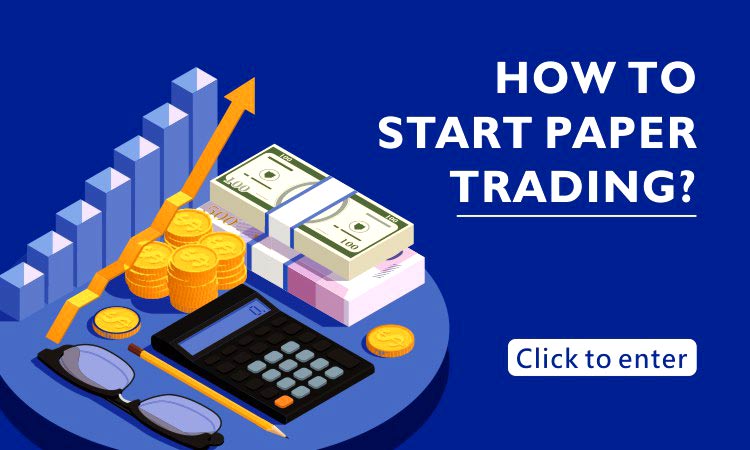Learning paper trading involves several steps, including:
- Research: Before you start paper trading, it’s important to research and learn about the financial markets, securities, and trading strategies. You can read books, watch videos, attend seminars, or take online courses to gain knowledge about the market and trading.
- Choose a paper trading platform: There are many online platforms that offer paper trading accounts, including TD Ameritrade, E-Trade, and many others. Choose a platform that suits your needs and preferences.
- Open a paper trading account: Once you’ve chosen a platform, open a paper trading account. This will give you access to a simulated trading environment where you can practice trading without risking any real money.
- Test your strategy: Once you have access to your paper trading account, test your trading strategy. Try out different trading strategies, analyze market trends, and experiment with different securities. This will help you gain experience and build confidence in your trading skills.
- Evaluate your performance: After you have tested your strategy, evaluate your performance. Analyze your trades, record your results, and identify areas for improvement.
- Refine your skills: Based on your evaluation, refine your skills and adjust your trading strategy. Keep practicing and learning until you feel confident enough to start trading with real money.

Overall, learning paper trading involves gaining knowledge of the market, choosing a platform, opening an account, testing your strategy, evaluating your performance, and refining your skills. It requires patience, dedication, and a willingness to learn from your mistakes.




